-
Posted On Tuesday, March 06, 2018
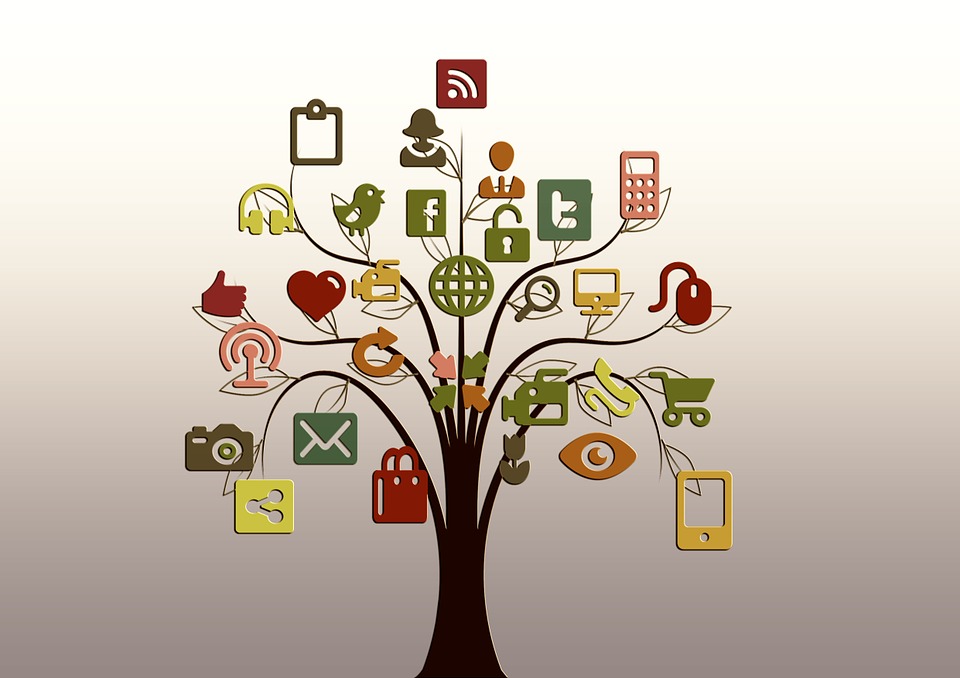
A successful B2B sales campaign requires targeting the right prospects at the right time. Whether you're selling a prospect, service or both, you must reach out to to prospects when they are in the "buying" mindset. Otherwise, you'll struggle to convert them into customers.
Unfortunately, this is where many B2B sales reps fall short. They fail to understand the specific needs of their prospects or when those prospects are ready to buy. There's a simple solution to overcome this hurdle, however: sales triggers. Also known as a trigger event, a sales trigger is an indication that a prospect is ready to buy. When a sales rep notices a trigger event, he or she should contact the prospect ASAP to increase their chances of sales success. In addition to sales, though, trigger events are also a powerful B2B prospecting strategy.
The 3 Main Trigger Events
In B2B sales, trigger events come in one of three primary forms:
- Problem Indicators: As the name suggests, a problem indicator shows the prospect's company is facing a problem. This can be low revenue, legislative changes, lawsuits, failing product, etc. When you see problem indicators such as these, act fast by reaching out to the prospect.
- Change Indicators: On the other hand, change indicators show the prospect's company is undergoing change. Change comes in many forms, including upper-level executive changes, workforce changes, new marketing direction, etc.
- Opportunity Indicators: Finally, opportunity indicators shed light on the company's goals and objectives. When a company sets new goals, it's usually a good time for sales reps to contact them.
Linking the Trigger Event to a Product or Service Offered By Your Company
It's also important that you link a company's trigger event to a product or service offered by your own company. After all, the fundamental purpose of identifying and tracking trigger events is to connect with prospects and, ultimately, generate sales. Think about what challenges the trigger event creates for the prospect's company and match it with a product or service offered by your company that can resolve it.
The Secondary Goal of Lead Generation
Even if a trigger event doesn't translate into a sale for your company, it may still help you acquire a new high-quality lead. As most B2B sales reps know, convincing a prospect to buy your product or service isn't always easy. Even if you target the right prospect at the right time, he or she may lack the authority to make purchases on behalf of their company. Rather than writing that prospect off as a lost sale, you should seek to acquire them a lead. When performed correctly, tracking trigger events can help you acquire high-quality leads that your company's sales reps can use in the future.
Log Trigger Events and Sales Contacts
Finally, you should log all trigger events and sales contacts made to the respective companies. If you contact a prospect's company after identifying a trigger event, it's best to avoid contacting that company immediately thereafter. Contacting prospects too frequently may push them away from your business.
Trigger events are a powerful indicator of a company's willingness to purchase B2B products or services. However, it's important that you use the right approach when tracking them. By following the tips outlined here, you'll have an easier time tracking trigger events and using them in your B2B sales strategy.
What to learn more? Get in Touch
Latest Posts
-
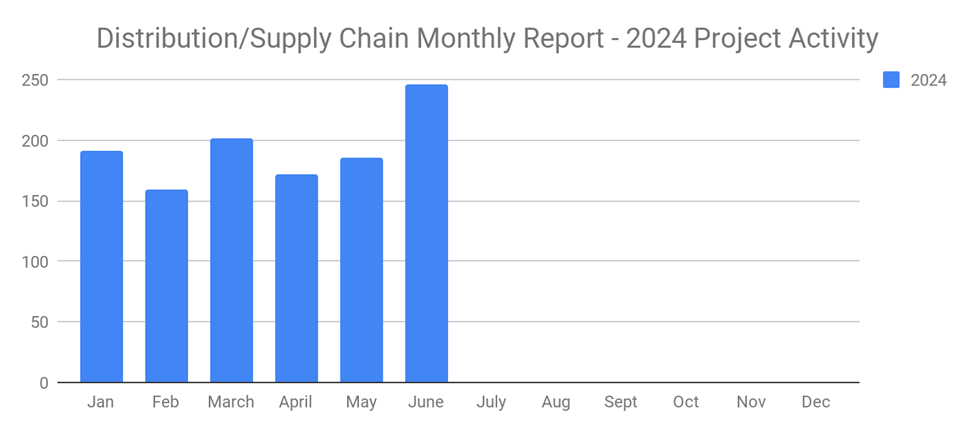
New Distribution and Supply Chain Industrial Projects Surge to 246 in June 2024
-
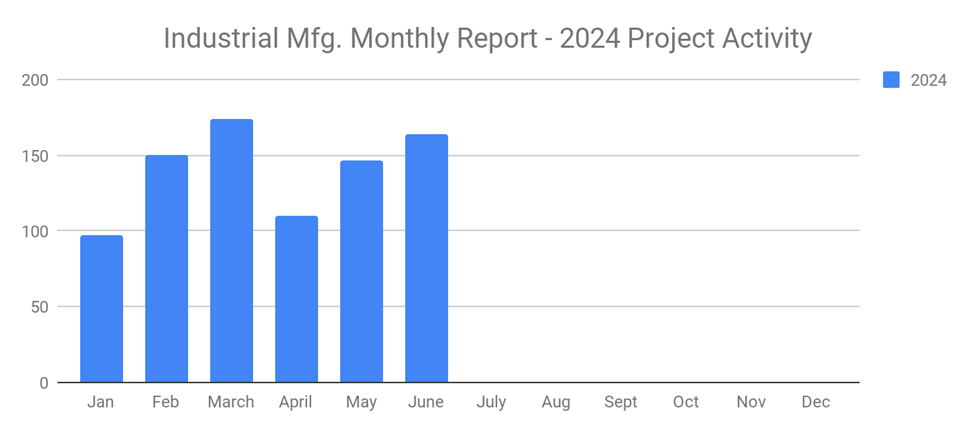
New Industrial Manufacturing Projects Third Month in a Row of Growth with 164 New Projects for June 2024
-
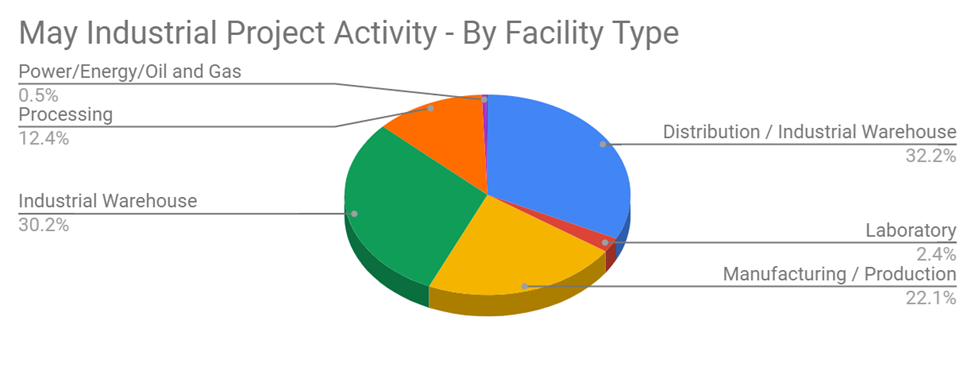
Planned Industrial Construction Projects Continue Strong in June 2024 with 496 New Projects
-
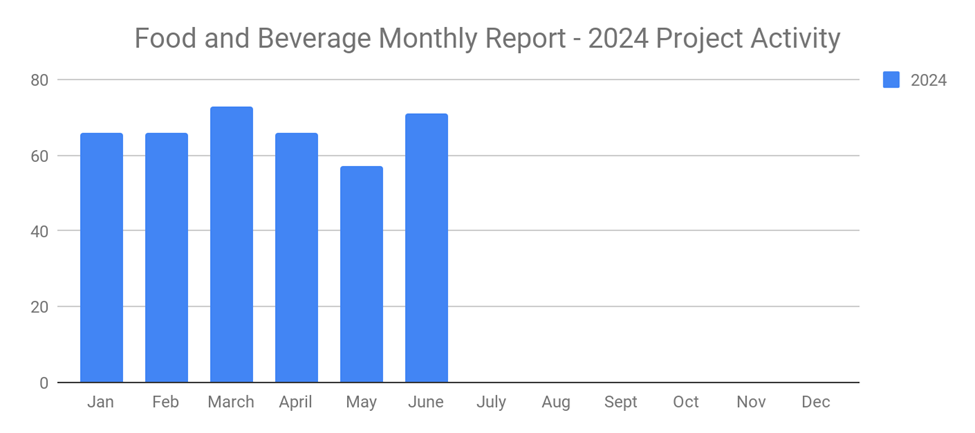
New Food and Beverage Planned Projects with Stellar Growth in June 2024 with 71 New Projects
